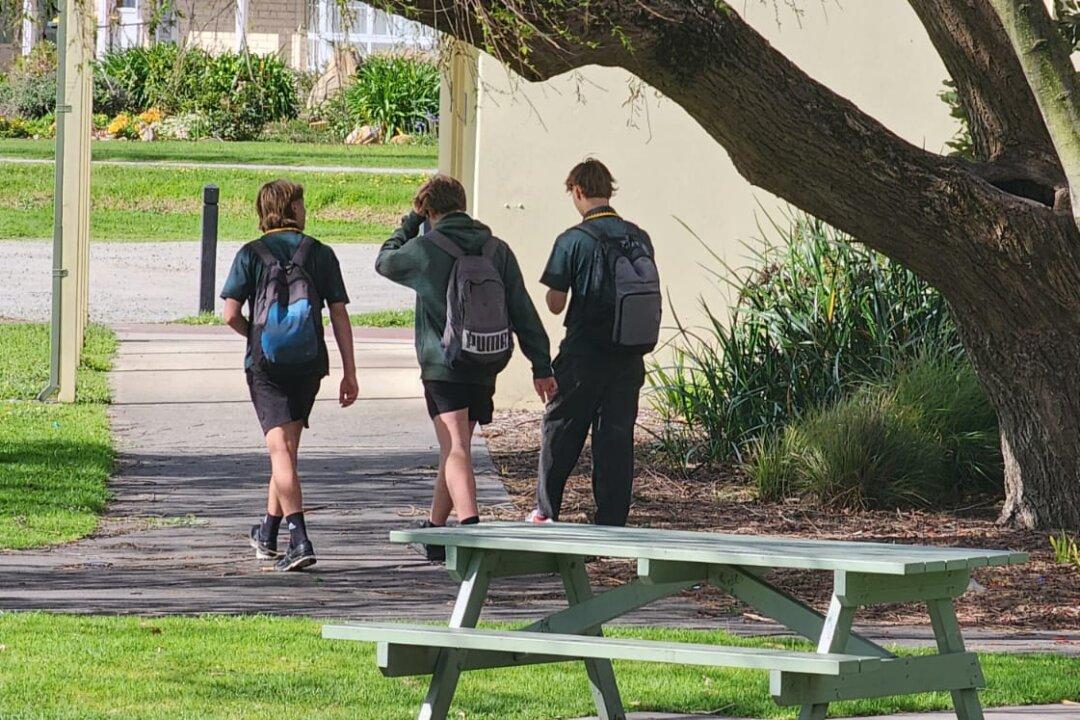As the NAPLAN results revealed cracks in education levels, the presiding minister said the government would look to introduce “practical” reforms to improve results with its promised $16 billion for public schools.
“I want to table it here. Our proposal includes practical reforms like phonics checks and numeracy checks in year one to identify kids early who are falling behind,” Minister Jason Clare told Parliament.





